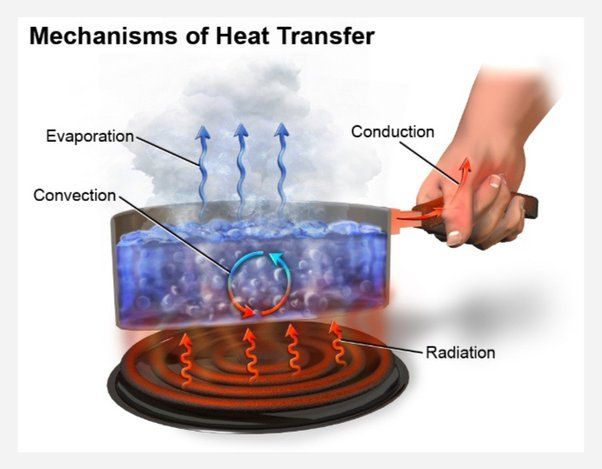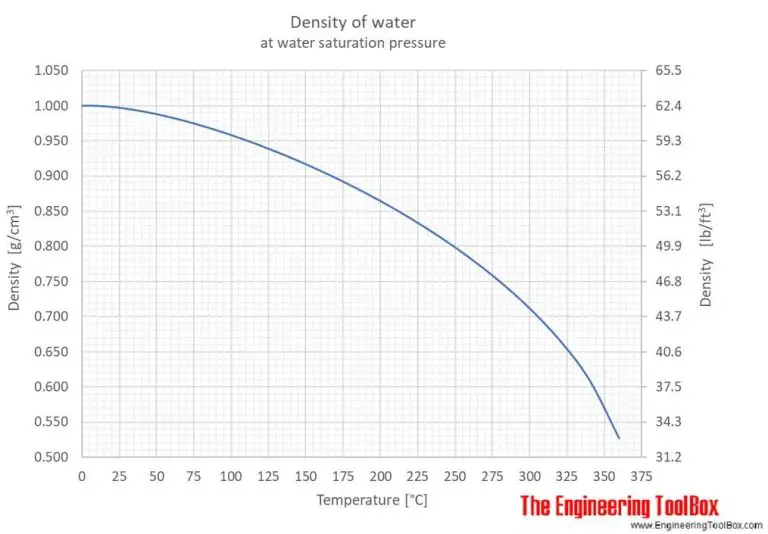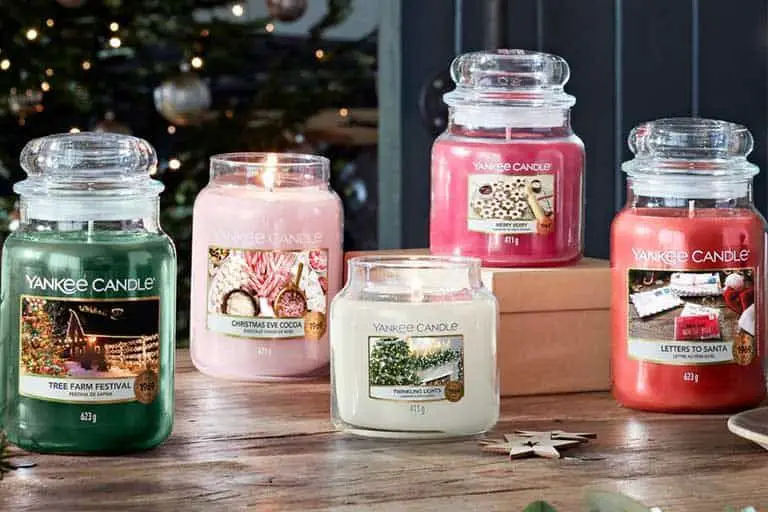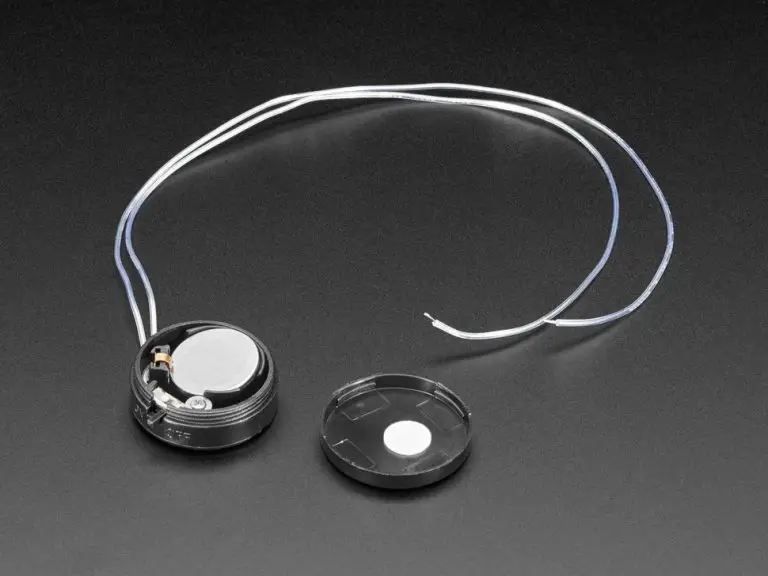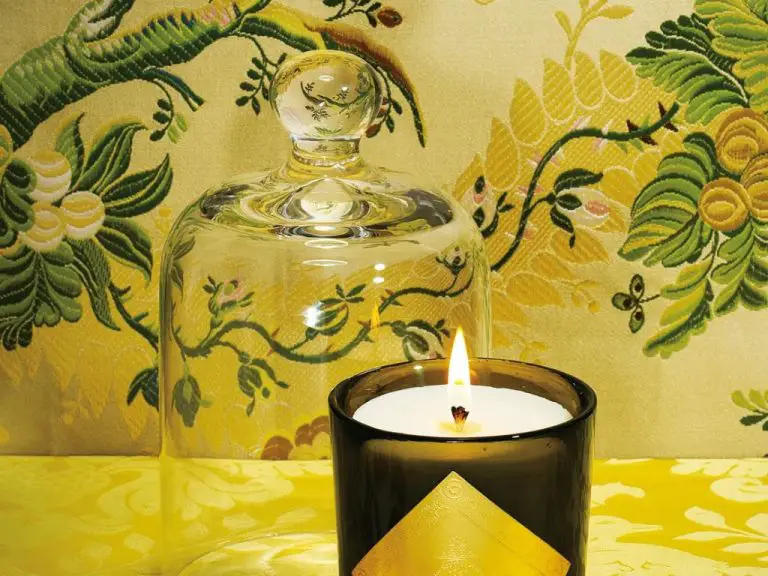How Long Do Candle Wax Burns Last?
Candle wax burn time refers to how long a candle will burn before all of the wax is used up. It’s an important factor to consider when purchasing candles, as it determines how long you can enjoy a candle before having to replace it. There are several key factors that affect wax burn times, including the type of wax, wick, candle size, wick trimming practices, and burning conditions. Understanding what impacts burn time will help you get the most out of your candles.
This article will provide an in-depth look at candle wax burn times, including an overview of the different factors that influence how long candles last. You’ll learn candle care tips to extend burn times and see average estimates for how long different candle types and sizes burn. With this information, you can make informed choices when buying candles and learn best practices for maximizing your enjoyment.
Wick Type
The type of wick used in a candle affects how quickly it burns. Wicks are generally made from materials like cotton, wood, paper, or metal. Cotton wicks are the most common and provide a bright flame while burning slowly. Wooden wicks crackle when lit and burn faster than cotton. Paper and metal wicks also tend to burn faster. The thickness of the wick is key – thinner wicks mean smaller flames and slower melting, while thicker wicks create taller flames that melt wax faster.[1]
Braided cotton wicks are ideal for most candles, as they burn slowly and resist mushrooming (the tips getting wider). Zinc or tin core wicks help maintain wick structure at higher temperatures. Some novelty candles have multiple wicks to create a brighter flame. In general, the thicker the wick, the faster the candle will burn. Wick type should be matched to wax type and candle size for optimal performance.[2]
Testing different wick types and thicknesses during prototyping allows manufacturers to find the ideal match for their candle design and desired burn time. Wick selection impacts the size of the melt pool and whether tunneling occurs. Ultimately, wick design is a key factor determining burn rate and longevity.
Wax Type
The type of wax used in a candle greatly impacts its burn time. The most common types of wax used in candles include:
Paraffin Wax: This petroleum-based wax is the most commonly used candle wax. It is inexpensive and easy to work with, producing candles that burn cleanly (source: https://thompsonferrier.com/blogs/journal/everything-you-need-to-know-about-candle-burn-times). Paraffin wax is soft and brittle.
Soy Wax: Made from soybeans, this natural wax burns slower and cleaner than paraffin. Soy wax is harder and denser than paraffin, resulting in a longer burn time. However, it is more prone to frosting and scent throw can be weaker (source: https://suffolkcandles.co.uk/blogs/candles/what-type-of-candle-wax-burns-the-longest).
Beeswax: Beeswax candles burn brighter, longer, and cleaner than other waxes. Natural beeswax is very dense and hard, producing a slow, even burn. It’s more expensive than other waxes but gives the longest burn time (source: https://thompsonferrier.com/blogs/journal/everything-you-need-to-know-about-candle-burn-times).
The hardness and density of a wax impacts its burn rate and longevity. Harder, denser waxes like beeswax and soy wax have a slower melt point, resulting in candles that burn longer.
Candle Size
The size and shape of a candle significantly impacts how long it will burn. Larger candles with more wax will generally burn longer than smaller candles with less wax. This is because larger candles have a greater volume of wax that must melt and evaporate before the candle burns out.
Specifically, candle diameter and height are two key factors determining burn time. Wider candles provide a larger surface area for the wax to melt and the wick to burn. Taller candles also contain more wax. So a large, wide pillar candle will burn considerably longer than a small, narrow taper candle, assuming they are made from the same wax and wick type.
As a general guideline, a 4oz candle in a basic container will burn for around 18-20 hours. In contrast, a 10oz candle will burn for 45-55 hours (Source). So doubling the candle size from 4oz to 8oz nearly doubles the burn time. However, burn times are not perfectly proportional to candle size due to factors like a larger wick in bigger candles.
The shape also matters. Container candles tend to burn more slowly than pillars or tapers because the melted wax pools deeper rather than running down the sides. Votives and tealights burn very quickly, in just 4-6 hours, due to their small size.
But in general, a good rule of thumb is that larger, wider candles will burn significantly longer than smaller, narrower candles made from the same wax and wick type.
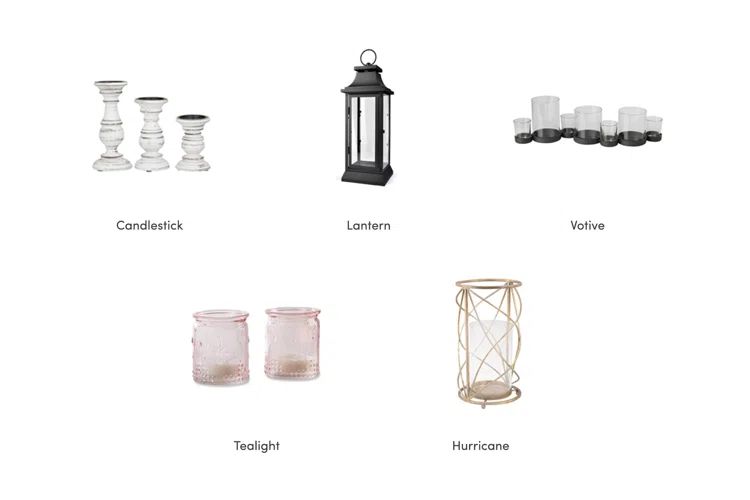
Wick Trimming
Properly trimming the wick before lighting a candle is very important for achieving an optimal burn. An untrimmed wick can cause the flame to tunnel down into the wax or create excess smoke and soot.
Trimming the wick to 1/4″ before lighting allows the wax to melt evenly across the top as the candle burns. This helps the candle last longer by preventing the wick from drowning in a deep pool of melted wax. According to Reddit users, a trimmed wick promotes a more even burn and can extend the overall burn time of a candle by preventing rapid melting around the wick.
Martha Stewart recommends always trimming wicks to 1/4” length before lighting to allow for proper melting and prevent blooming or sooting issues (source). The flame will only consume the trimmed wick, slowing down the rate of wax melting.
Burning Conditions
The burning conditions of the environment where a candle is lit can significantly impact how long it burns. Specifically, factors like room temperature, air currents, and drafts play a major role. Research has shown that in lower temperatures, candles tend to burn slower because the wax melts at a reduced rate (https://impactful.ninja/candles-environmental-impact/). Colder environments make the wax harder and less liquid, slowing down the capillary action that allows the wax to travel up the wick. In contrast, warmer room temperatures speed up the melting process, making candles burn faster.
Air currents and drafts also impact burn times. Any type of significant air movement around a burning candle can cause the flame to flicker and dance. This agitation makes the candle consume wax faster than in still conditions. Even a slowly oscillating fan or AC vent pointed at a candle can shorten its burn time. For longest burn periods, candles should be shielded from drafts and allowed to burn in a still, draft-free area.
Overall, for optimal burn times, candles should be burned in moderate room temperatures around 70°F, in locations protected from any direct air currents or drafts. Avoiding extremes in hot or cold, and eliminating air movement in the environment allows candles to burn slowly and evenly for maximum duration (https://www.ncbi.nlm.nih.gov/pmc/articles/PMC9546142/). Burning candles in less ideal conditions causes faster wax pool melt, rapid consumption, and shorter burn periods.
Proper Candle Care
Properly caring for your candles is crucial to maximizing burn time. Here are some tips for safely burning candles to extend their life:
Trim the wick to 1⁄4 inch before lighting. Long wicks cause candles to tunnel or burn too quickly. Use wick trimmers specifically designed for candle wicks.
Allow the wax pool to melt all the way to the edges before blowing out. This helps prevent wasting wax around the edges.
Burn candles in an area free of drafts to prevent uneven burning and wax pooling.
Keep wicks centered as the candle burns by periodically re-centering the wick.
Allow the wax pool to completely solidify before relighting, generally 2-4 hours. This helps the candle burn evenly.
Burn candles for 1-2 hours at a time. Longer burn times can cause overheating or blow outs.
Keep candles away from flammable objects, out of reach of children and pets. Never leave burning candles unattended.
Store candles upright and fully cooled when not in use to help the wax re-adhere to the wick and prevent mishaps when relighting.
Avoid burning candles continuously for long periods, which can cause extra soot. Allow the glass and wax to cool between burns.
Place candles on a stable, heat-safe surface away from drafts. Use a candle holder specifically made for the candle width to prevent wax pooling.
Candle Holders
The material and style of a candle holder can significantly impact how efficiently a candle burns. Holders made of metals like aluminum, iron, and copper conduct heat better than materials like glass, wood, and ceramics. The improved heat conductivity preheats wax pools faster, allowing candles to liquefy wax more quickly and achieve full wick ignition. This leads to a stronger flame and more complete wax burn. Metal holders essentially “prime” the candle for peak performance. According to Burn Time of Candles and Economy, metal tins and cups burn candles longer than basic glass holders.
Proper airflow is also key for efficient candle burning. Enclosed holders and hurricane lamps limit oxygen supply and cause sputtering flames and tunneling. Open holders allow ample airflow and lift scents into the room. Tip of the Day: How long will a taper candle burn? recommends pillar and taper holders at least 2 inches taller than the candle. This prevents pooling and aids burn efficiency. For floating candles, water depth impacts burn time. Deeper water submerges more wick and weakens the flame.
Average Burn Times
Typical burn times for common candle sizes and types:
Votive candles (1-2 ounces): 15-20 hours (1)
Container candles (3 inch diameter): 25-30 hours (2)
Pillar candles (3 inch diameter): 40-50 hours (1)
Large pillar or taper candles (6-8 inch): 60-80 hours (3)
Tealight candles (.5 ounces): 3-6 hours (2)
Birthday candles: 2-4 hours (3)
Scented jar candles (8-12 ounces): 40-60 hours (2)
Beeswax candles: 8-10 hours per ounce (3)
Soy wax candles: 6-8 hours per ounce (2)
Paraffin wax candles: 5-7 hours per ounce (3)
As a general rule, most candles will burn for approximately 1 hour per ounce. However, wick type, wax type, candle size and other factors can influence burn time. Properly trimming wicks and allowing adequate wax pool formation is key for optimal burn times.
Conclusion
There are many factors that determine how long a candle’s wax burn will last. The main elements are the wick type, wax type, candle size, wick trimming, burning conditions, and proper candle care. The wick draws wax up the candle which vaporizes for the flame – cotton wicks typically allow for a longer, slower burn. Hard wax candles melt slower than soft waxes. Larger diameter and taller candles take longer to melt away. Keeping wicks trimmed to 1⁄4” helps prevent rapid wax pool growth and uneven burning. Avoid drafts, burning multiple candles too closely, and other conditions that cause tunneling. Allow the wax pool to completely harden before relighting to preserve burn time. Use candle holders that keep the candle secure, provide space between multiple candles, and prevent wax from pooling out. With all this in mind, most standard candles offer burn times ranging from 8-15 hours.
Properly caring for candles is crucial for performance and safety. Always keep candles on stable, heat resistant surfaces away from flammable materials. Never leave burning candles unattended. Extinguish candles before 1/2” of wax remains to prevent heat damage to the candle holder. Adhere to the manufacturer’s burn time recommendations. By following these guidelines, you can fully enjoy candlelight while minimizing risks.


